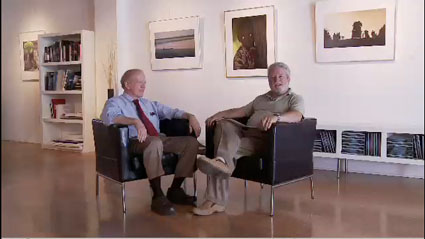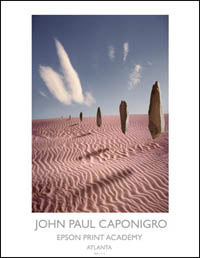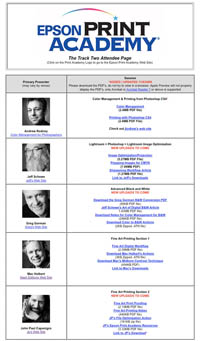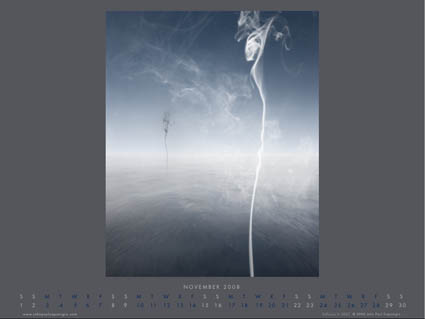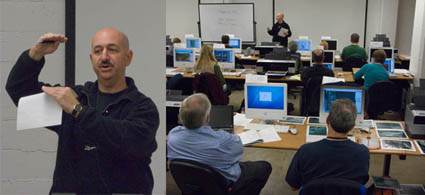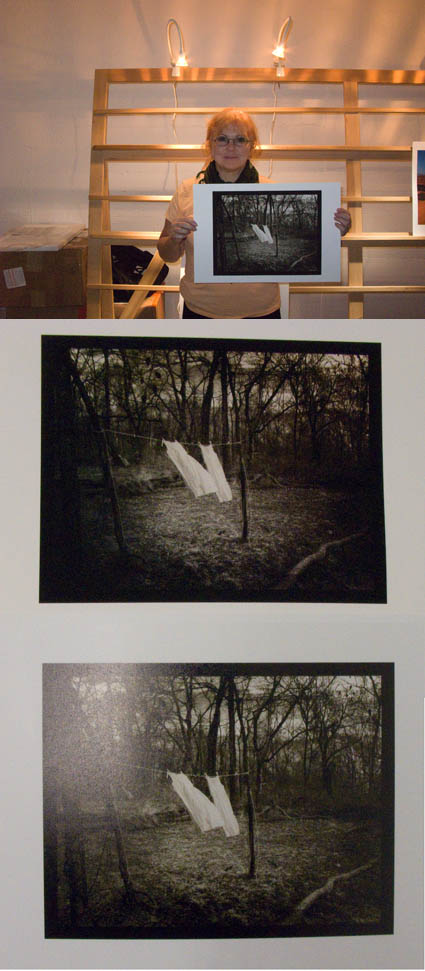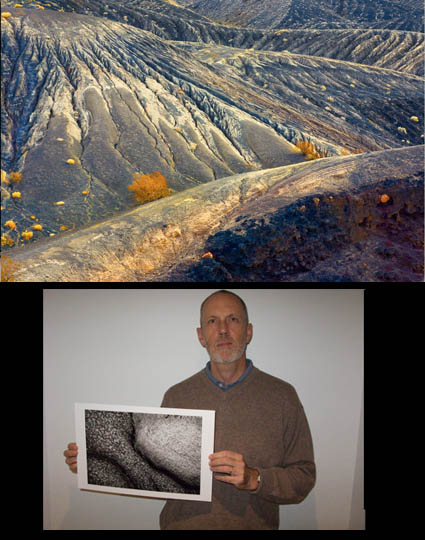Epson Print Academy – Live – What It's Like
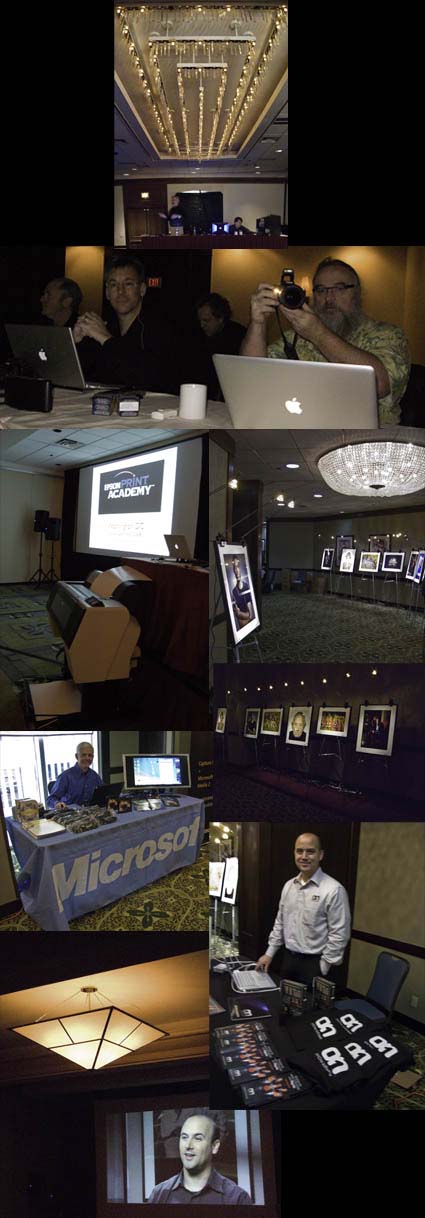
Today, the Epson Print Academy is in Washington DC at the Hilton Crystal Palace.
What’s the Epson Print Academy like? Jack Reznicki hosts Track One. Jeff Schewe is ring leader for Andrew Rodney, Greg Gorman, Mac Holbert, and me in Track Two. Both tracks feature live sessions and informative videos. In track two senior product manager Mark Radogna (below) talks about the new HDR ink technologies. Henry Wilhelm talks about key issues in print permanence – see the full length here. There’s an Expo area. Jeff Greene of Microsoft makes a short presentation on Capture One 4 and Expression Media 2. Mike Wong of On One makes a short presentation on their plug-ins like Mask Pro and Focal Point. And there’s a Gallery; all the prints are printed with Epson’s new HDR ink.
Check back later this evening for afternoon additions.
Find out more about the new Epson printers here.
Find out about the next Epson Print Academy near you here.


